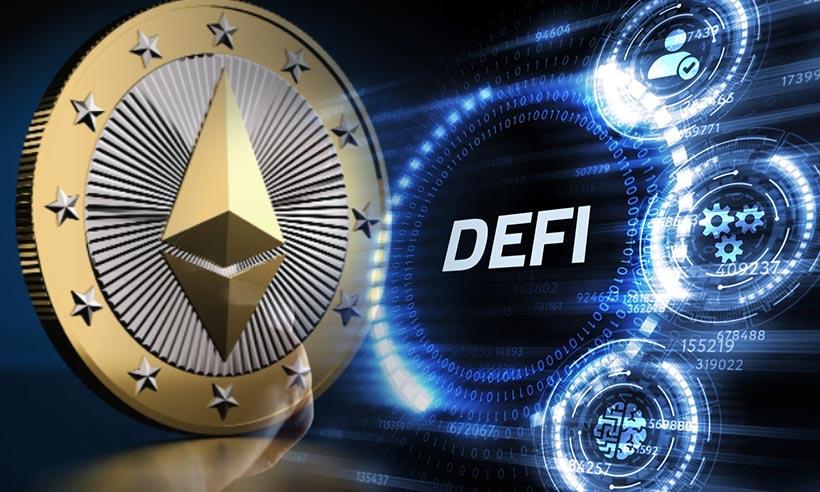DeFi Is Becoming More Functional Thanks to Ethereum Layer 2 Solutions
Since its inception, Ethereum has been a key player in the market. The motive behind the network is to serve as a foundation for Web3 and the Metaverse. But there's a catch: Ethereum has a serious scalability problem.
There is a hindrance to user experience, and there is a limitation to its widespread adoption by rate limits and the ever-increasing transaction fees. The result of this difficulty of Ethereum to scale is a huge migration to alternative Layer 1 platforms like Binance Smart Chain, Solana, and Polkadot. Despite the popularity of these so-called "eth killers," Ethereum still controls 54% of the DeFi industry, with $111 billion in TVL. This is mostly owing to the network's better levels of security and decentralization.
Many developers now use "Layer 2" blockchain technology to help native Ethereum decentralized applications (dApps) scale and serve more users. Layer 2 protocols take several forms. However, they are generally independent blockchains that sit "on top" of Ethereum and offload transaction traffic from the main chain. This significantly boosts capacity, decreases latency, and lowers prices. Hence, there's a revival of the DeFi industry on Ethereum.

Ethereum's Scalability Battle
Optimistic rollups operate by adopting smart contracts to relay transaction data from the core Ethereum chain to a Layer 2 network. The protocol gathers multiple transactions into bigger batches. Then it sends verification of the entire collection to the main chain in a single transaction. This decreases traffic on the underlying network dramatically, decreasing latency and transaction costs.
Unlike their Z.K. Rollup siblings, Optimistic Rollups, do not check every proof each transaction submits. Optimistic rollups conserve computing resources by presuming that all transactions are valid unless there is a dispute with proof. They carry out Cryptographic confirmations - ensuring security while reducing resource use. One advantage of this rollup is that it is naturally compatible with the Ethereum Virtual Machine (EVM) and Solidity. This makes it a logical choice for scaling Ethereum.
There are even platforms that use both the Optimistic and the Z.K. stacks. Z.K. rollups can also validate data from the underlying Blockchain. However, unlike the Optimistic variant, they provide more thorough finality and security at the expense of more resources. Networks can be extremely flexible in when and how they reach consensus by exploiting several types of rollups. They do this by employing more or less network delay as necessary in a particular circumstance.
Other Significant Developments
Other significant developments include transferring value in and out of the network in minutes by using on- and off-ramps supported by liquidity pools. This prevents cash from becoming "locked" to the network, a typical problem with L2 systems.
Then there's "hybrid computing," which enables Ethereum developers to run code off-chain using web-scale frameworks such as AWS Lambda. This enables developers to execute more complex algorithms like machine learning models that would otherwise be too complex or expensive to run on-chain.
Finally, sidechains function as extra blockchains that can process data "on top" of the core network. This takes lots of traffic from the first layer, and numerous side chains can work together to achieve open scalability. All information on these additional tiers is encrypted using the mechanism mentioned earlier. This ensures that these transactions are safe and trustworthy.
With so many solutions moving in the same direction, the race to scale Ethereum will likely have several winners. Combining these protocols will promote inclusion and liquidity in the industry by combining lower costs and better speeds with improved interoperability. This will incentivize both developers and users, paving the road for realizing DeFi's true vision – and functionality.

